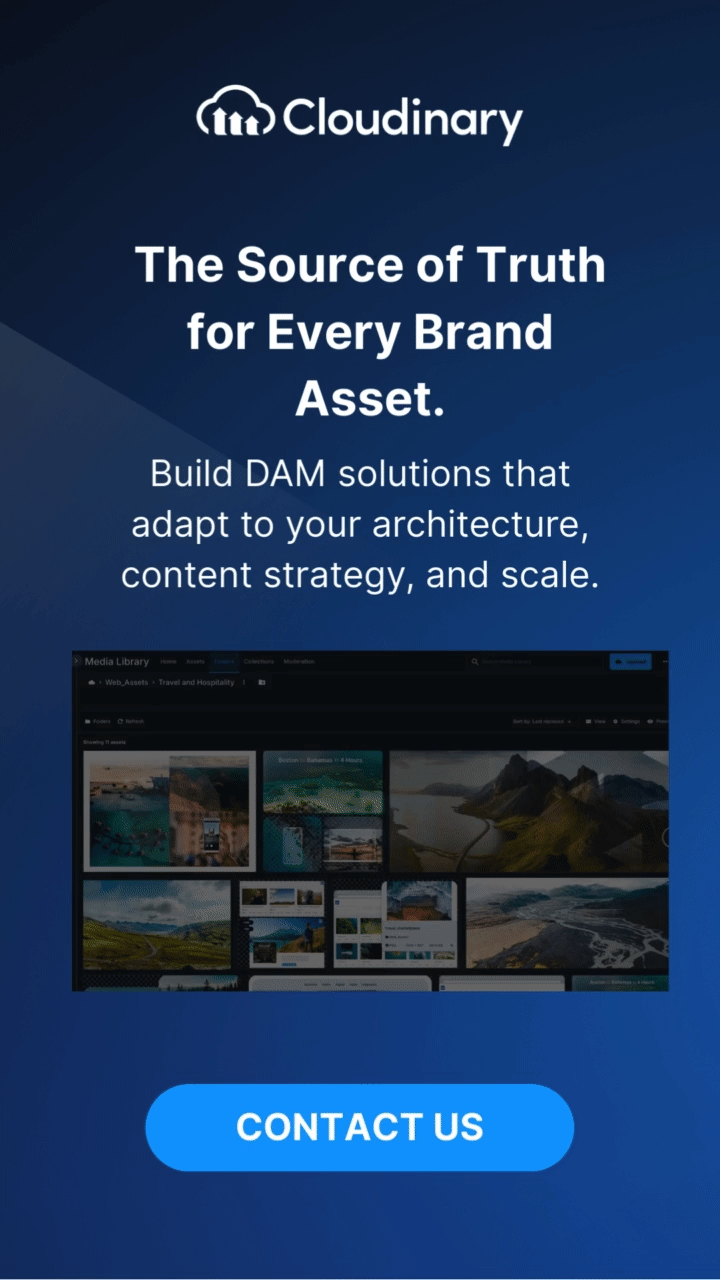What Is Media Asset Management Software?
Media Asset Management (MAM) software is a centralized digital hub that enables organizations to store, organize, access, and distribute their media assets—think videos, audio files, images, and graphics. MAM systems use metadata tagging and powerful search capabilities and often integrate with other software systems to streamline workflows and enhance productivity.
In practical terms, MAM software becomes particularly valuable for industries that heavily rely on multimedia content, such as broadcasting, marketing, and entertainment. For example, a marketing team could use MAM to quickly find and repurpose a video clip for a new campaign, significantly reducing the time spent digging through disorganized folders or cloud storage.
The Importance of Managing Media Assets
In today’s digital age, the volume of media assets such as videos, images, and audio files can be overwhelming. Without a good structure, the potential for chaos is high. Managing media assets ensures that valuable content is easily accessible, properly indexed, and securely stored, ultimately saving time and resources. This is like having a version control system for your codebase, where you know exactly where every piece of information resides and can retrieve it effortlessly.
Effectively managing media assets can significantly enhance team collaboration and streamline workflows. When everyone can access a centralized repository with well-organized and easy-to-find assets, productivity naturally increases. Additionally, managing assets properly helps maintain compliance and protect intellectual property, just as you would safeguard your development projects.
In the broader picture, well-managed media assets enable your organization to respond swiftly to market demands and consistently deliver high-quality content.
The Advantages of Using Media Asset Management Software
Using Media Asset Management software comes with a host of advantages that transform how you handle multimedia content. By leveraging MAM software, you can streamline operations, collaborate more effectively, and optimize your media workflow in several key ways:
- Efficient Asset Organization: MAM software allows for the centralized organization of media assets, making it easy to categorize and tag files for quick retrieval. This ensures that assets are always at your fingertips, saving valuable time and effort.
- Streamlined Collaboration: MAM software enables seamless collaboration among team members, regardless of their geographical locations. Users can easily share and review assets, facilitating a smooth workflow and ensuring everyone is on the same page.
- Enhanced Security: Media assets are valuable and often confidential. MAM software provides robust security measures to protect sensitive data, ensuring only authorized users can access, modify, or distribute assets. Organizations can maintain control over their media assets with user permissions and access controls.
- Version Control and Tracking: MAM software tracks and manages versions of media assets, allowing users to compare and revert to previous versions quickly. This feature is handy when multiple people work on the same asset, ensuring consistency and avoiding mix-ups.
- Increased Efficiency: MAM software automates repetitive tasks, eliminating manual processes and reducing the chances of errors. This improves overall efficiency and productivity, as employees can focus on more value-added activities rather than searching for and managing media asset.
The Disadvantages of Media Asset Management Software
While Media Asset Management software can offer incredible benefits, it’s essential to understand the potential drawbacks that come with it. Just like any tool, MAM has its own set of challenges that might affect its suitability for your needs:
- High Initial Costs: Implementing MAM software can require a significant upfront investment, including the software itself and the hardware and infrastructure needed to support it.
- Complexity and Learning Curve: These systems can be complex, necessitating extensive training for your team to fully harness their capabilities, which might slow down initial productivity.
- Maintenance and Upgrades: Regular maintenance and periodic upgrades are necessary to keep the system running smoothly, which can add to ongoing costs and require technical expertise.
- Integration Challenges: Integrating MAM software with existing systems and workflows might pose difficulties, potentially leading to compatibility issues or the need for additional customization.
- Potential for Over-reliance: Relying too heavily on automation and centralized management can sometimes result in a lack of flexibility, especially in fast-paced environments where quick, ad-hoc decisions are needed.
The Bottom Line
Media Asset Management software offers numerous advantages for organizations looking to streamline their media workflow. The benefits of implementing MAM software are clear: efficient organization and collaboration, enhanced security, and increased productivity. Although there may be some initial investment and a learning curve, the long-term advantages compensate for these potential drawbacks.
Organizations should seriously consider implementing a Media Asset Management software solution to stay ahead in the digital landscape and maximize their media assets. By doing so, they can unlock their media assets’ full potential, ultimately improving their overall efficiency, productivity, and competitiveness.
Boost your website’s speed and user experience by optimizing your media assets with Cloudinary. Sign up for free today!
Also, you may want to try our latest background image tool converters:
- Amber Background
- Beige Background
- Brass Background
- Bright Yellow Background
- Cream Background
- Dark Yellow Background
- Gold Background
- Golden Yellow Background
- Ivory Background
- Khaki Background
- Lemon Yellow Background
- Mango Background
- Mustard Yellow Background
- Pastel Yellow Background
- Peach Background
- Saffron Background
- Wheat Background
- Yellow Orange Background





